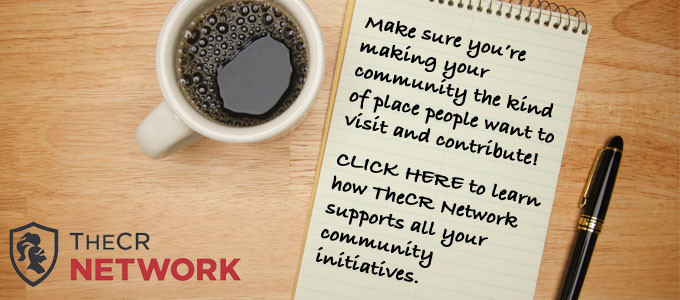In light of recent layoffs in our industry, it’s hard to ignore how it impacts our communities and business outcomes. How do you say goodbye to the community you’re leaving behind? How do you advance in your career? How do you navigate the job market? These are some questions we’d like to have a meaningful conversation about and learn from each other because they affect our meaningful work.
So come join us in a discussion panel-style roundtable call with Amanda Petersen, Shannon Emery, and Meghan Bates.



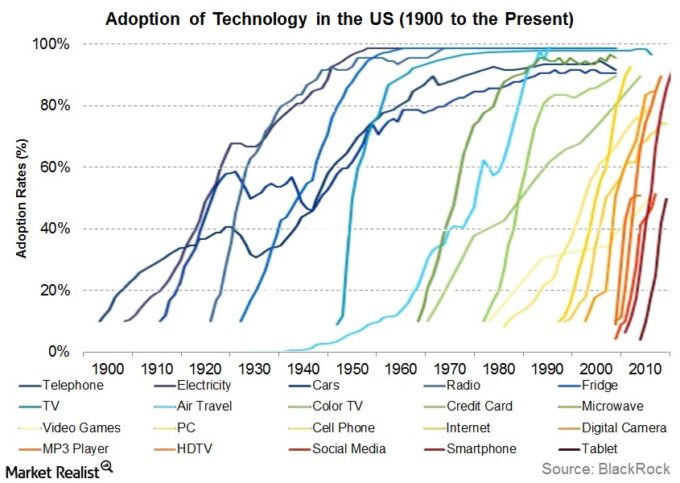
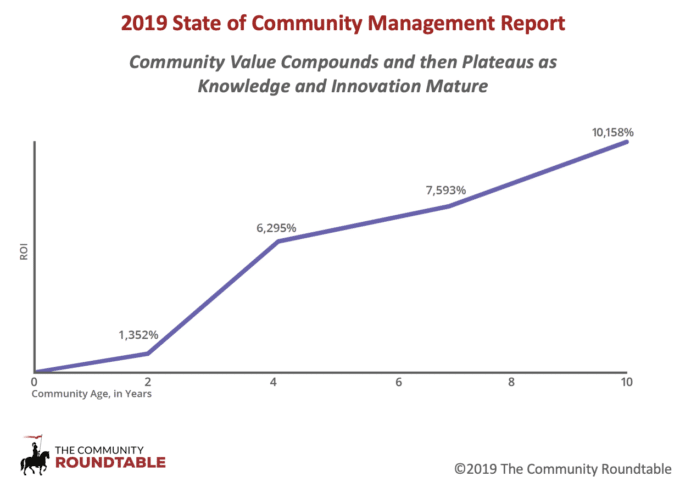
 Each Friday we compile a comprehensive list of the latest jobs across community management. Be sure to check back in each week to see the latest listings.
Each Friday we compile a comprehensive list of the latest jobs across community management. Be sure to check back in each week to see the latest listings.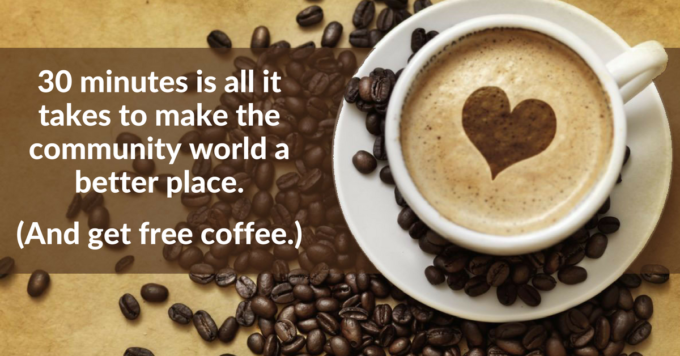
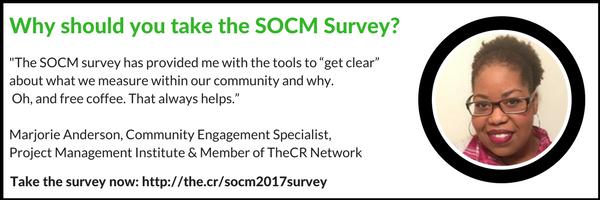

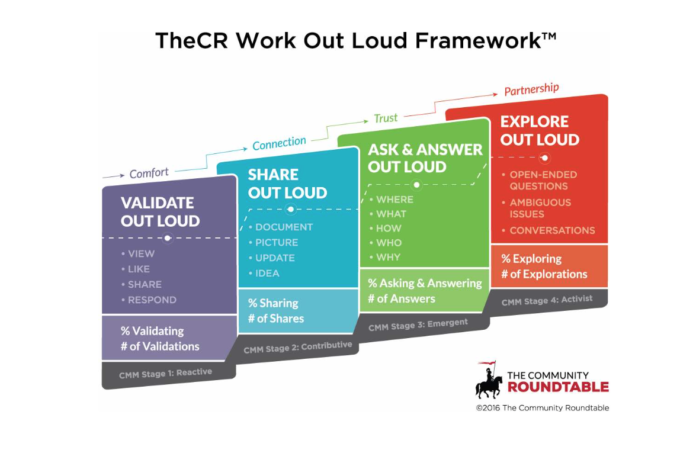
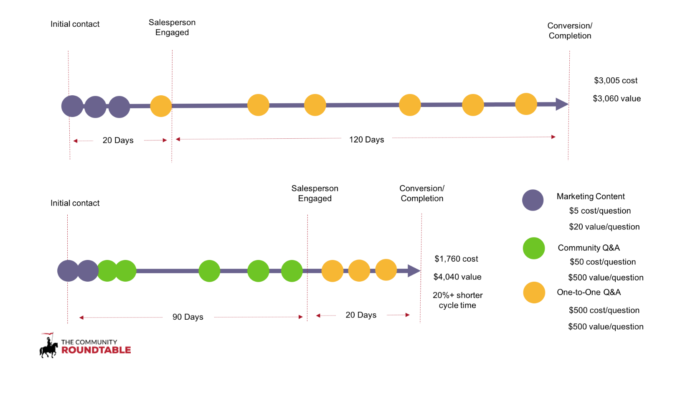 Social media has proven superficial – and because of that weak. Communities generate more tangible value without as many risks.
Social media has proven superficial – and because of that weak. Communities generate more tangible value without as many risks.

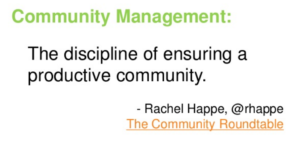 Looking to get started in community management, or just need a refresher on the basics? Check out these community management 101 resources! We’re highlighting the fundamentals of community management in this week’s
Looking to get started in community management, or just need a refresher on the basics? Check out these community management 101 resources! We’re highlighting the fundamentals of community management in this week’s 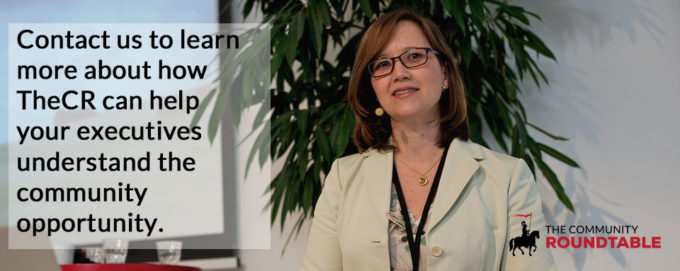
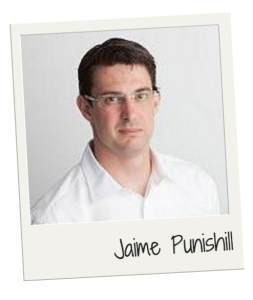 Need some help convincing executives why your organization needs to be more active in social media and community?
Need some help convincing executives why your organization needs to be more active in social media and community? 
